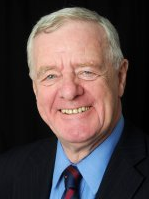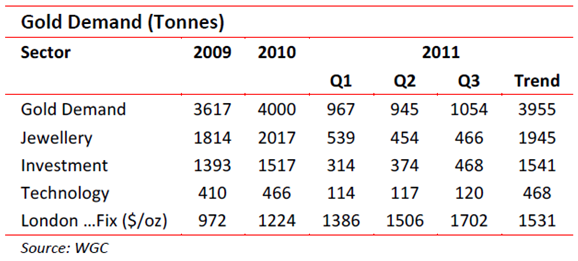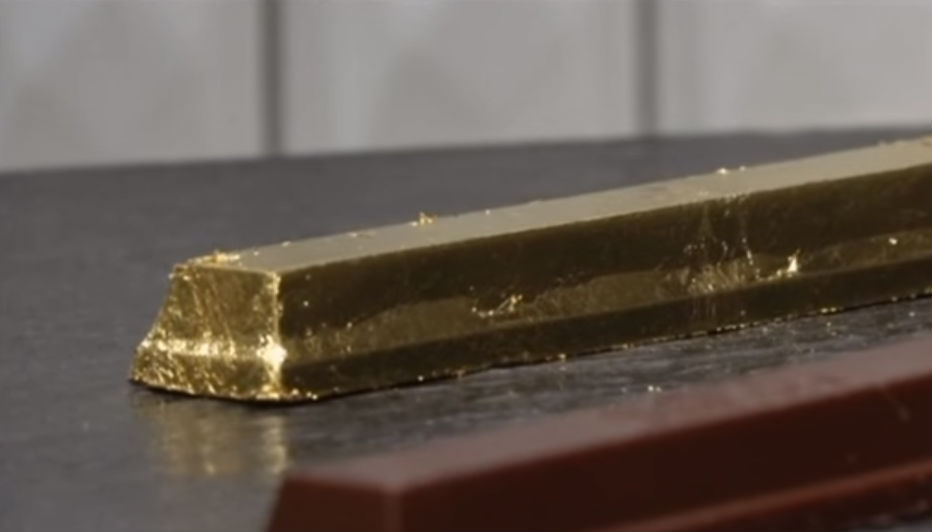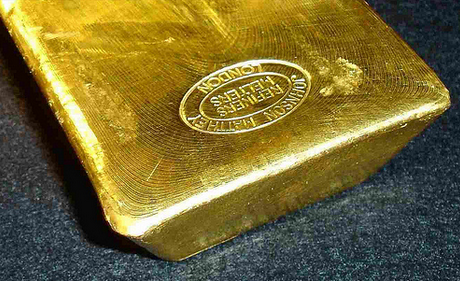Nyheter
David Hargreaves on precious metals, week 46 2011
PGMs: No Such Thing as a Monopoly. If asked to pick a commodity firmly in the grip of its producers, most would go for platinum. South Africa mines 75% of it and Russia another 13%. But if you are thinking of switching to its cheaper (and less efficient) sister, palladium, those two countries account for 82% of that. So we should have a market grip even tighter than OPEC on oil, but we do not. Its price, whilst historically high, has followed the magnetic pull of gold, rather than its own price-demand profile. This is odd, since despite its precious qualities, it is an industrial metal and over a half is used in auto catalysts. This is where the fun starts. A PGM catalyst filters the exhaust fumes from an internal combustion engine and converts the noxious components into water vapour and nitrogen. Now they tell us the demand for oil burning vehicles is rising at 10% per year worldwide. With that industry taking 50% of all platinum (and 66% of palladium) that is a 5% per year increase in total demand. But it is not happening. Johnson Matthey says it will only be 3% in the automotive sector, so why? Well it is partly cost efficiencies, like using more palladium, partly smaller vehicles, the use of bio-fuels and rigorous recycling. But word has not penetrated into South Africa yet. They continue to crank the production handle with a forecast surplus of 195,000 oz this year. For palladium it will be more pronounced, at 725,000 oz or 8% of gross demand. A major feature is recycling, largely by the recovery of spent autocatalysts. It will provide 23% of new supply of platinum and 25% of palladium.
Amongst this are two looming and probably unstoppable trends. Non-South African production is rising from North America. But Zimbabwe, which could geologically provide over 10% of total world needs, is gearing up. Conversely for palladium, Russia has for many years supplied large tonnages from State stocks and these are thought to be nearly depleted. So we could see the price differential close. Recycling has been stepped up, in line with the metal price. Thus:
The focus of mining production remains South Africa. Conditions in the Bushveld are tough. The mines are deepish and dangerous but expansion is moving on apace as are wage demands. Yet the price is out of the industry’s control. If gold pulls back, so will the PGMs.
RSA Miners Still In Fighting Mode. The NUM union thinks striking a good idea, so is rejecting the 7.5%-8.5% wage offer by Lonmin, the 3rd largest platinum producer. That this is twice the rate of inflation, that youth unemployment is at 50%, and the union does not have a fighting fund. It also pushes the extension of welfare benefits across the board. Mark you, Lonmin’s earnings were up 64% in the year to Sept. 2011, at R1.8bn or $226M.
World Gold Mined Output remains steady. The 746t of Q3 indicates 2900t per year going forward, a sharp increase, but the trend for 2011 is c 2800t. Newish producers performing well include Burkina Faso, Cote d’Ivoire, Eritrea. The established mines in Mexico, Peru and Canada also moved ahead. Official purchases include Russia (15t to 852t,) Bolivia (14t), Thailand (25t).
Knowing from experience that price and demand can fall as well as rise, Lonmin warns that its growth strategy (to target 950,000 oz/yr) is not “set in stone” but dependant on market conditions. The 2011 target is 750,000 oz.
Silver, says GFMS, is a lining looking for a cloud. The most recent market review tells us to expect a price north of $50/oz compared with today’s mid $30’s. Much will be driven by investment demand, particularly coins and medals. For this year they look to average $35.66/oz up 77% year-on-year. The 2012 average sought is $45/oz. For mine production they expect a ninth successive annual gain, 4%. Government sales will continue to fall, fed by the CIS countries. Fabrication demand will rise 4%. Coin minting is expected up by a whopping 25%, but remember, that is portable collateral. (If gold were to follow the silver prediction it would be happy around $2300/oz. Somehow, we don’t see it).
Gold Demand continues to rise, say the people who know: The World Gold Council. They tell us investment demand was the culprit. From around 12% in 1970 and negligible in 2000 it stands around 35% of total today. The call for jewellery has fallen, but still accounts for 50%.
Are there lessons to be learned? You bet your sweet life there are. We enjoyed 2009 on the crest of an economic wave and were content with gold below $1000/oz. The crash gathered momentum in late 2009 early 2010 so gold rose up, particularly investment demand. We have since had a false dawn of H1 2011 when commodity prices all bounced. Now we are locked in a currency crisis with gold taking the strain. If fiscal prudence is applied – and works – gold will not carry on reaching for the stars.
[hr]
About David Hargreaves
David Hargreaves is a mining engineer with over forty years of senior experience in the industry. After qualifying in coal mining he worked in the iron ore mines of Quebec and Northwest Ontario before diversifying into other bulk minerals including bauxite. He was Head of Research for stockbrokers James Capel in London from 1974 to 1977 and voted Mining Analyst of the year on three successive occasions.
Since forming his own metals broking and research company in 1977, he has successfully promoted and been a director of several public companies. He currently writes “The Week in Mining”, an incisive review of world mining events, for stockbrokers WH Ireland. David’s research pays particular attention to steel via the iron ore and coal supply industries. He is a Chartered Mining Engineer, Fellow of the Geological Society and the Institute of Mining, Minerals and Materials, and a Member of the Royal Institution. His textbook, “The World Index of Resources and Population” accurately predicted the exponential rise in demand for steel industry products.
Nyheter
Brookfield köper bränsleceller för 5 miljarder USD av Bloom Energy för att driva AI-datacenter
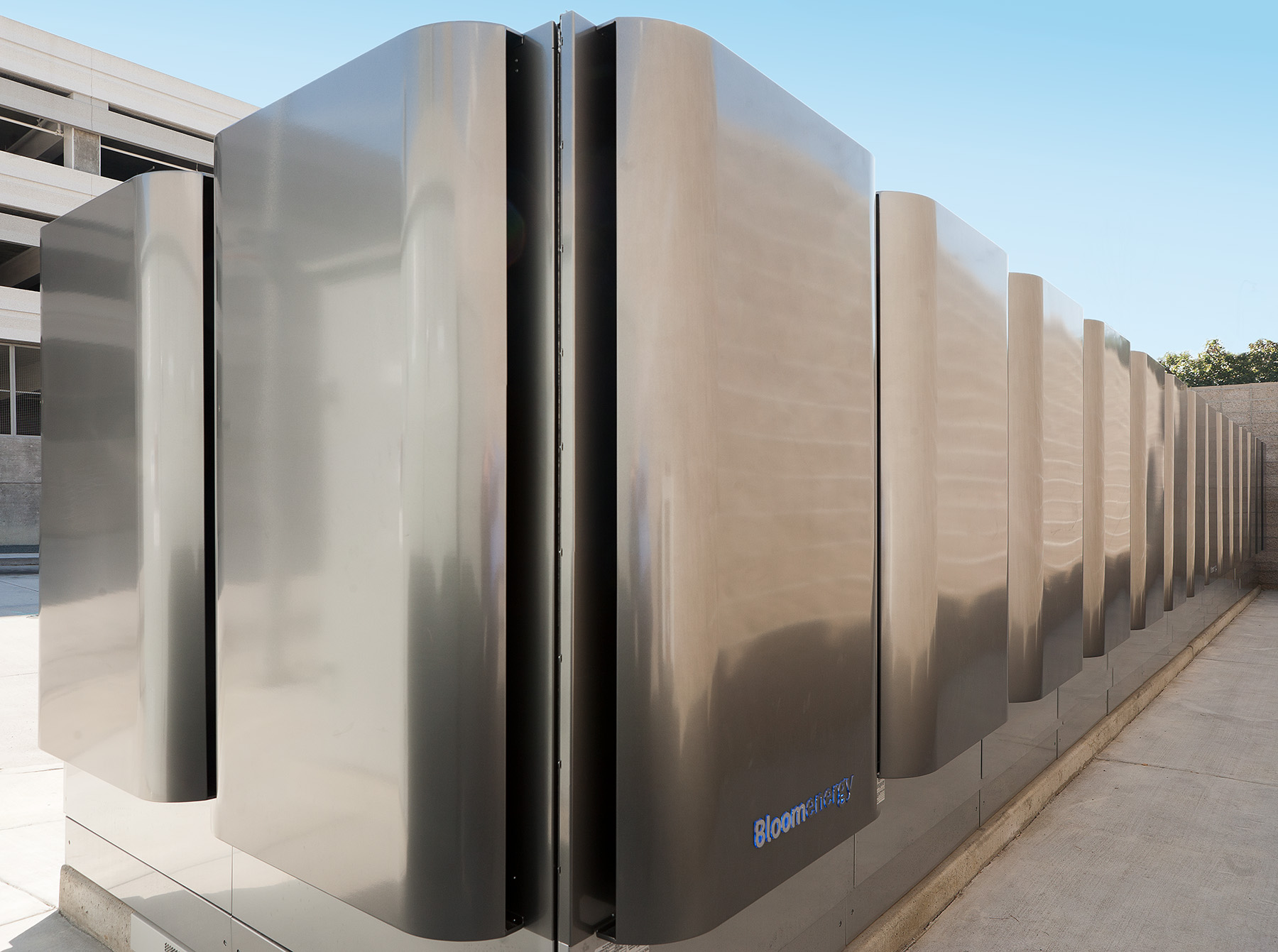
Brookfield och Bloom Energy inleder ett partnerskap där Brookfield i den första fasen köper bränsleceller för 5 miljarder USD av Bloom Energy för att driva AI-datacenter. Bränslecellerna kommer att installeras bakom elmätarna och AI-datacentren kommer således inte att belasta eller vara beroende av elnätet.
Partnerskapet markerar den första fasen i en gemensam vision om att bygga AI-datacenter som kan möta den snabbt växande efterfrågan på beräkningskapacitet och energi inom artificiell intelligens.
AI-datacenter kräver infrastruktur som integrerar beräkningskraft, energi, datacenterarkitektur och kapital på ett tätt och effektivt sätt. Bloom Energys bränsleceller levererar pålitlig, skalbar och lokal energi som snabbt kan tas i drift utan beroende av traditionella elnät. Brookfield tillför världsledande kompetens inom infrastrukturutveckling och finansiering.
I kärnan av det nya partnerskapet kommer Brookfield att investera upp till 5 miljarder dollar för att införa Blooms avancerade bränslecellsteknik. Bolagen samarbetar aktivt kring utformning och leverans av AI-datacenter globalt – inklusive en europeisk anläggning som kommer att offentliggöras innan årets slut.
”AI-infrastruktur måste byggas som en fabrik – med syfte, hastighet och skala,” säger KR Sridhar, grundare, ordförande och vd för Bloom Energy. ”Till skillnad från traditionella fabriker kräver AI-fabriker enorm energitillgång, snabb etablering och realtidsanpassning till belastning – något som gamla elnät inte klarar av. Den effektiva AI-fabriken uppnås genom att energi, infrastruktur och beräkningskraft designas i harmoni från dag ett. Det är den principen som styr vårt samarbete med Brookfield när vi omformar framtidens datacenter. Tillsammans skapar vi en ny ritning för hur AI skalas upp med kraft.”
”Energilösningar bakom mätaren är avgörande för att överbrygga elnätsgapet för AI-fabriker,” säger Sikander Rashid, global chef för AI-infrastruktur på Brookfield. ”Blooms avancerade bränslecellsteknik ger oss en unik möjlighet att designa och bygga moderna AI-fabriker med ett helhetsperspektiv på energibehov. Som världens största investerare inom AI-infrastruktur tillför detta partnerskap ett kraftfullt nytt verktyg till vår globala tillväxtstrategi – särskilt i en marknad där tillgången till elnät är begränsad.”
AI-datacenter i USA förväntas använda 100 gigawatt vid 2035
Enligt prognosoer väntas elförbrukningen från AI-datacenter i USA växa exponentiellt och överstiga 100 gigawatt till 2035. Bränsleceller har blivit en nyckellösning för att möta detta problem, och partnerskapet mellan Bloom Energy och Brookfield är utformat för att hantera just detta energigap.
Bloom Energy har erfarenhet
Bloom Energy har redan installerat hundratals megawatt av sin bränslecellsteknik i datacenter och levererar el till några av världens mest kritiska digitala infrastrukturer genom partnerskap med American Electric Power (AEP), Equinix och Oracle.
Brookfield är en jätte inom digital infrastruktur
Detta partnerskap utgör Brookfields första investering inom sin dedikerade AI-infrastruktur-strategi, som fokuserar på investeringar i stora AI-datacenter, energilösningar, beräkningsinfrastruktur och strategiska kapitalpartnerskap. Strategin bygger vidare på Brookfields erfarenhet av att ha investerat över 100 miljarder dollar i digital infrastruktur globalt.
Nyheter
Teck Resources kan förse Nordamerika och kanske hela G7 med all germanium som behövs
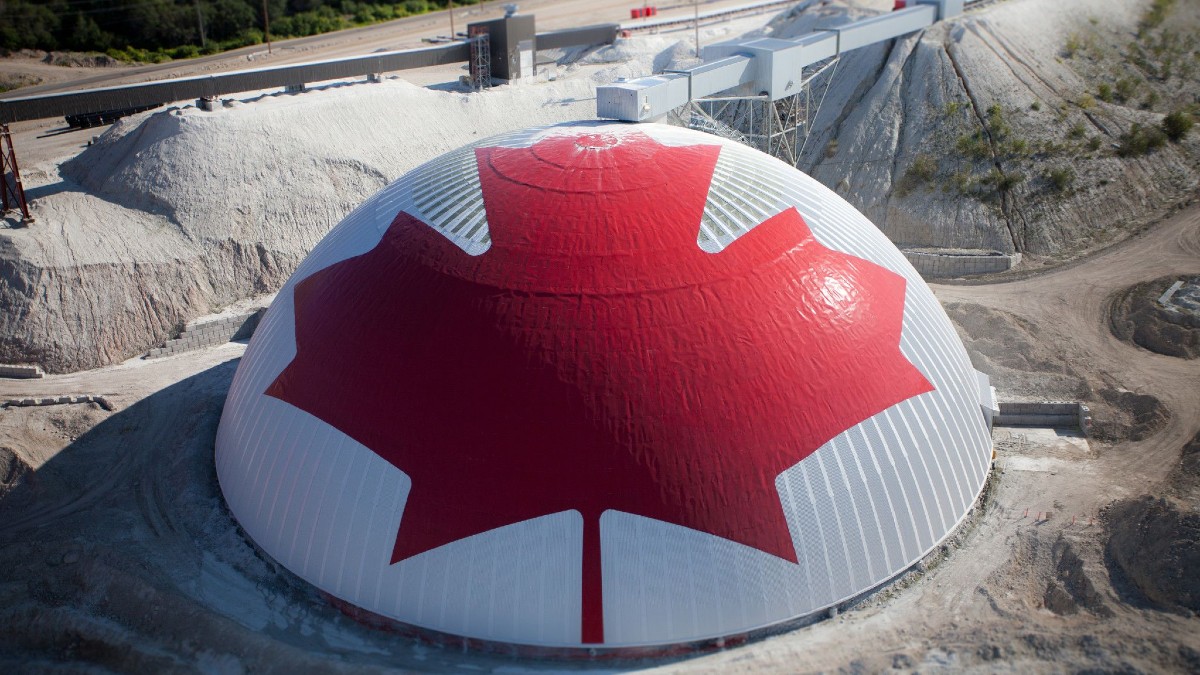
Kanadensiska gruvbolaget Teck Resources för samtal med både USA och Kanada om att leverera kritiska mineraler till de båda ländernas försvarsindustrier – bara en dag efter att Kina skärpt sina exportregler för sällsynta jordartsmetaller.
Enligt Financial Times diskuterar bolaget möjligheterna att leverera germanium, antimon och gallium, under förutsättning att det kan få garantier för minimipriser och köpvolymer.
Kinas senaste besked innebär en utvidgning och förtydligande av de omfattande exportkontroller som infördes redan i april. De tidigare restriktionerna ledde till stora bristsituationer globalt innan nya avtal med Europa och USA gjorde det möjligt att återuppta leveranser. Den nya regeln klargör dock att exportlicenser sannolikt kommer att nekas till vapenproducenter och vissa halvledarföretag.
Vid FT Metals and Mining Summit uppgav Teck Resources vd att bolaget kan producera tillräckligt med germanium för att täcka hela Nordamerikas behov – och möjligen även G7-ländernas.
Teck Resources och Anglo American går samman
Teck Resources och Anglo American är mitt uppe i en fusion, vilket beskrivs som ett samgående av två jämbördiga parter.
Nyheter
Leading Edge Materials är på rätt plats i rätt tid
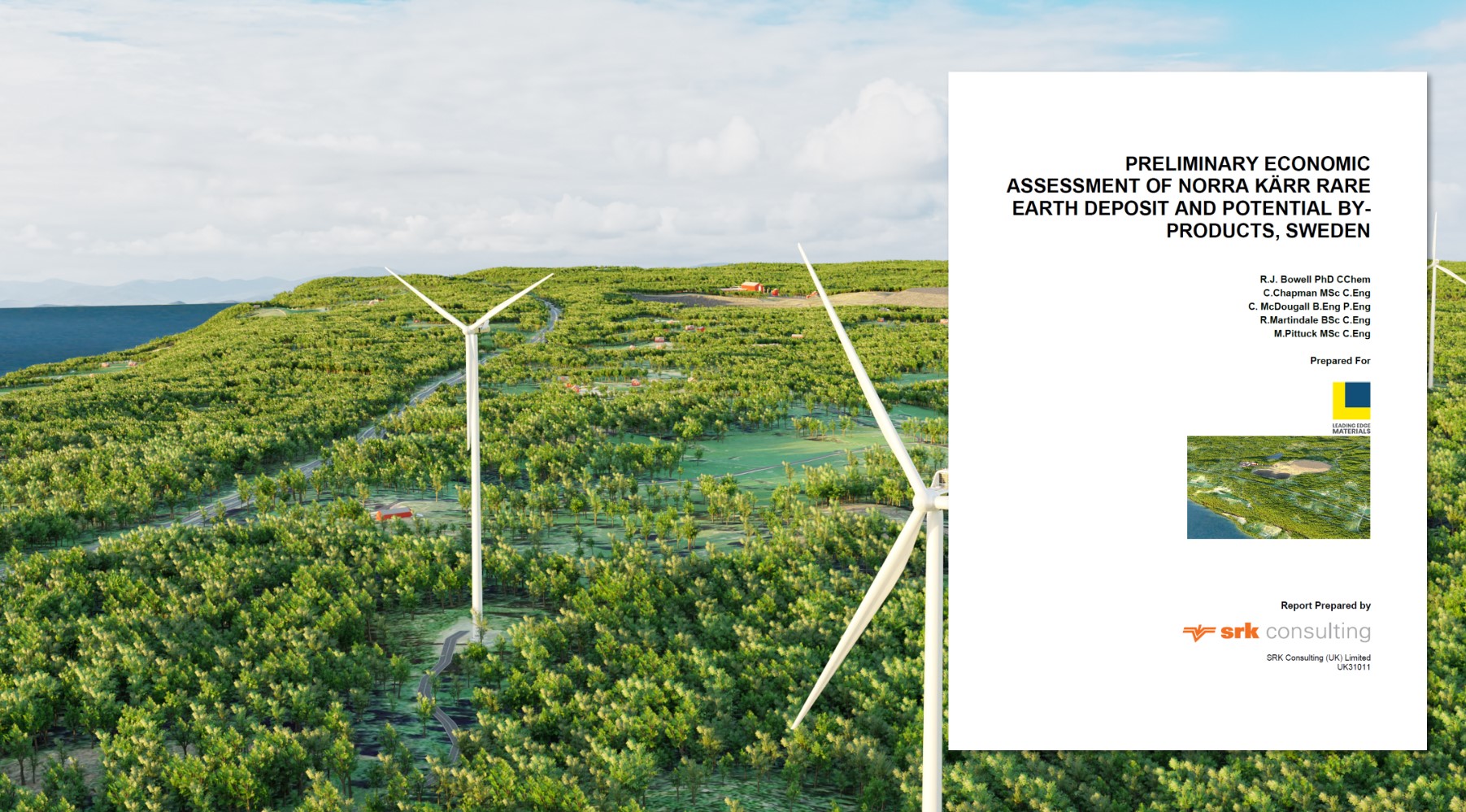
Leading Edge Materials har tre olika projekt, men det är ett som är bolagets huvudfokus, Norra Kärr. Den tillgången har tunga sällsynta jordartsmetaller som är viktiga för Sveriges och hela EU:s oberoende när det gäller dessa kritiska råvaror. Kina som kontrollerar större delen av världens sällsynta jordartsmetaller drar hela tiden åt tumskruvarna på resten av världen. Denna vecka införde Kina extremt aggressiva regler som gör att större delen av världens företag som på ett eller annat sätt använder eller producerar metallerna måste ansöka om tillstånd av kinesiska staten för att kunna exportera sina produkter.
Norra Kärr-projektet har i denna kontext blivit strategiskt viktig för hela EU.
-

 Nyheter4 veckor sedan
Nyheter4 veckor sedanKinas elproduktion slog nytt rekord i augusti, vilket även kolkraft gjorde
-

 Nyheter4 veckor sedan
Nyheter4 veckor sedanTyskland har så höga elpriser att företag inte har råd att använda elektricitet
-

 Nyheter4 veckor sedan
Nyheter4 veckor sedanDet stigande guldpriset en utmaning för smyckesköpare
-

 Nyheter3 veckor sedan
Nyheter3 veckor sedanOPEC+ missar produktionsmål, stöder oljepriserna
-

 Nyheter3 veckor sedan
Nyheter3 veckor sedanEtt samtal om guld, olja, fjärrvärme och förnybar energi
-

 Analys4 veckor sedan
Analys4 veckor sedanBrent crude ticks higher on tension, but market structure stays soft
-

 Analys3 veckor sedan
Analys3 veckor sedanAre Ukraine’s attacks on Russian energy infrastructure working?
-

 Nyheter2 veckor sedan
Nyheter2 veckor sedanGuld nära 4000 USD och silver 50 USD, därför kan de fortsätta stiga


